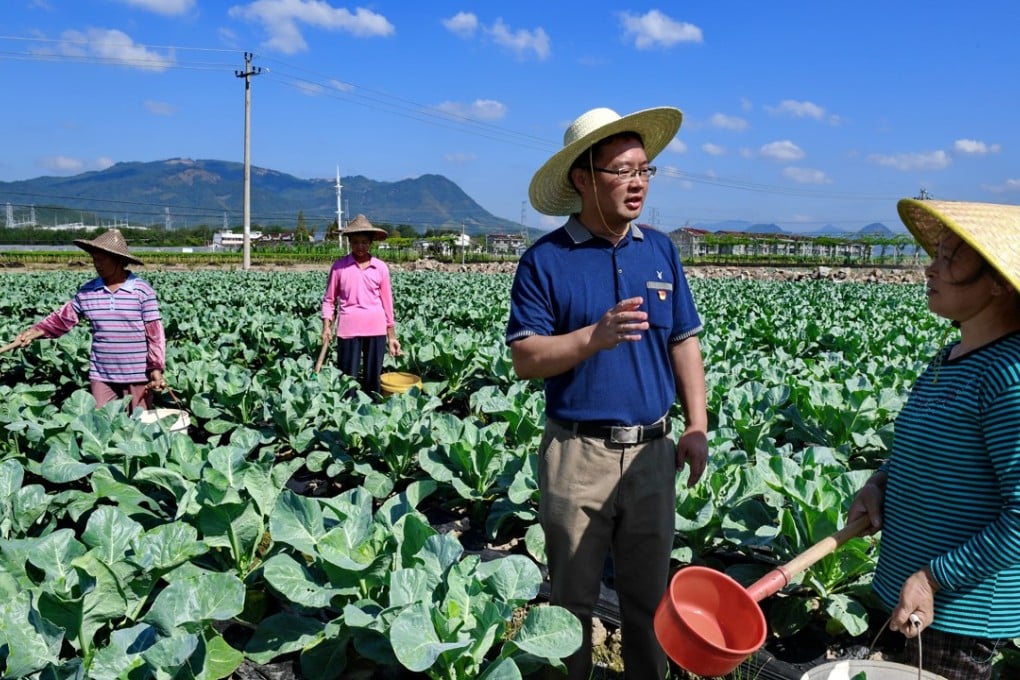Big data could help bring micro lending to the millions left out of China’s economic miracle
Facial recognition and big data may help bolster loan growth in rural areas and lower-tier cities

Big data could be about to solve the vexing problem of how to channel financial services to hundreds of millions of Chinese farmers and small businesses.
Until recently, Beijing has focused on incentives to help promote “inclusive finance”, or financial services for people who traditionally have been neglected by the country’s large commercial banks, in order to alleviate poverty and stimulate the real economy.
But results have been less than ideal, with agricultural loan growth slowing 4 per cent from 2014 to 2016, according to data from the People’s Bank of China.
Now, new technologies including facial recognition and big data may offer new hope to overcome the problem, as they enable lenders to reach more customers in rural areas at lower cost.
Ping An Puhui, the micro lending unit of China’s second-largest life insurer, has seen returns from deploying new technologies, with its accumulated customers more than doubling to 5.5 million from 2 million a year ago. It also expanded its loan book by over 40 per cent in a year to 225 billion yuan (US$33.8 billion) by the first half of this year.
“The scale of our staff and physical branches hasn’t changed much, but our business has been growing rapidly in recent years because of the use of technology,” said Ni Rongqing, Ping An Puhui’s chief product officer.
For small loans of about 10,000 yuan (US$1,503), Puhui has digitalised the rating process, allowing customers to apply online and receive approvals within minutes to hours, even for those without a previous credit record.